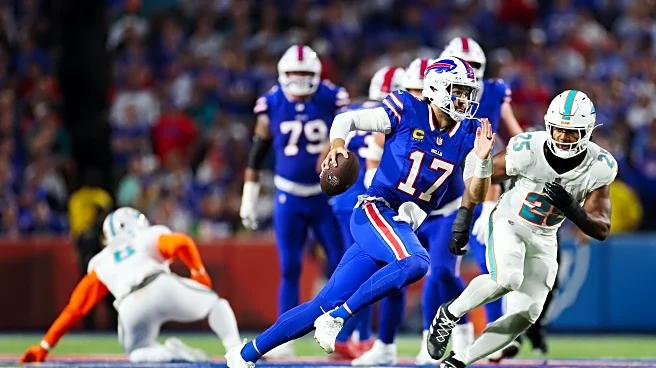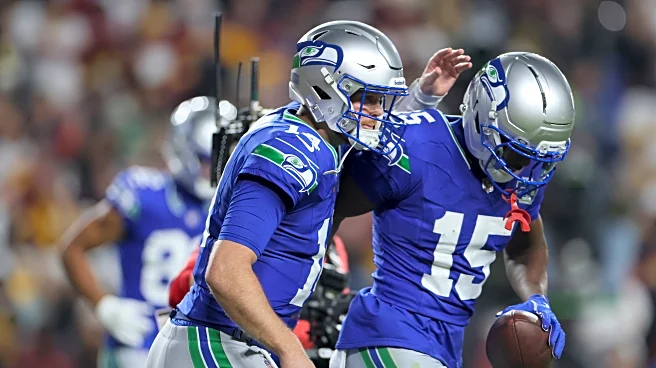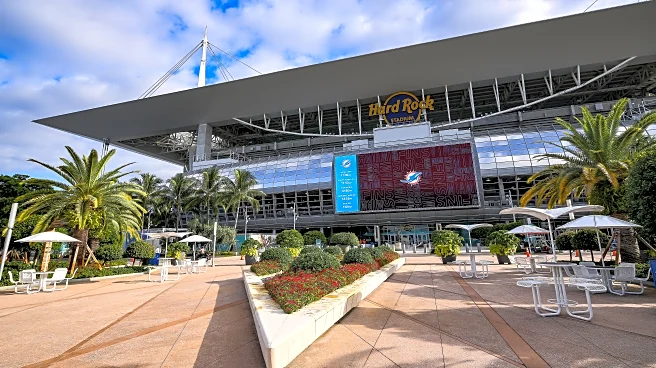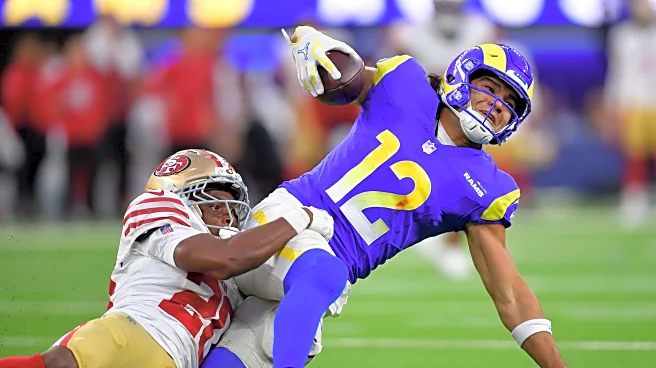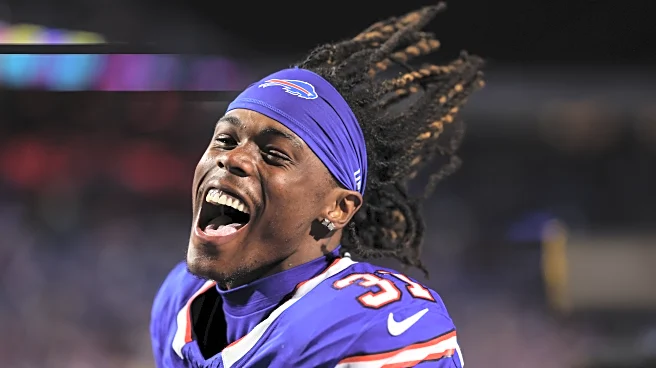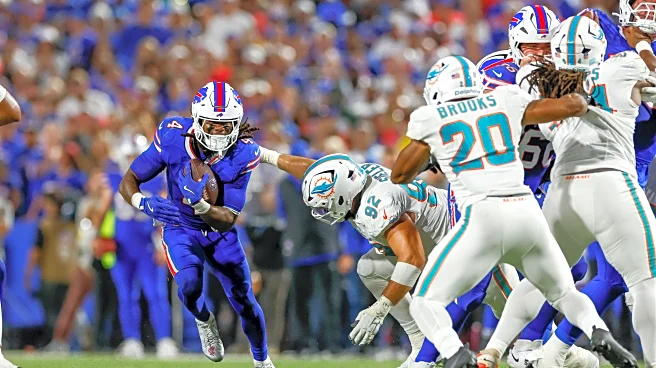In March of 2021, the Buffalo Bills signed wide receiver Emmanuel Sanders to one-year, $6 million contract. They had just come off the best season of quarterback Josh Allen’s career, with him ascending
to new heights, establishing himself as an MVP candidate, and leading the team into an entirely new era of optimism. The Bills were a juggernaut on offense for the first time since the 1990s.
When asked about the signing, general manager Brandon Beane said something that resonates in my mind now: “You never want to lose your fastball.”
The “fastball” in this case, was Josh Allen throwing the ball down the field to wide receivers. The Bills had two 100-target wide receivers, both of whom were voted All-Pro that season (Stefon Diggs and Cole Beasley). Those two players both averaged at least nine yards per target. The plurality of the passing game ran through newly acquired Stefon Diggs who had his career-best season with 127 catches and 1,535 receiving yards. Furthermore, 63.8% of the passing targets went to wide receivers.
It feels like a lifetime ago.
The Bills’ ability throw the ball down the field to wide receivers has been largely non-existent recently. In Sunday’s 30-13 embarrassment against the Miami Dolphins, Buffalo’s top two targeted receivers (Khalil Shakir and Keon Coleman) accumulated a dismal 6.1 yards per target (6.4 for Shakir and 5.75 for Coleman). Allen’s time to throw was 3.53 seconds — his longest since 2018 (that year is relevant).
Numerous commenters noted the lack of open receivers downfield. Even when the passing game performs well, it’s not typically due to meaningful contributions by the wide receivers. In the performance against the Kansas City Chiefs for Week 9, it was the tight ends who contributed heavily to the victory, pulling in 59.3% of Allen’s overall passing yardage in the victory.
Coleman, in particular, has been the subject of much discussion this year. After his big fourth quarter against the Baltimore Ravens in a Week 1 comeback victory where he finished the game with eight catches for 112 yards and a touchdown, Coleman has been largely unproductive even in games where he’s getting targets. His passer rating when targeted this season is 86.3, ranking 56th in the NFL out of 68 players with 25 targets or more. Not enough good things happen when Allen throws the ball to the former second-round pick.
But the Bills didn’t lose their fastball by accident. They elected to cut Cole Beasley. They elected to trade away Stefon Diggs. They elected to draft Keon Coleman, who didn’t fit the archetype of receivers who had success with Josh Allen and did fit the archetype of players they rostered in 2018 (Andre Holmes, Kelvin Benjamin) when you had the least decisive version of Josh Allen.
They passed on Ladd McConkey. Per recent reports, they made a run at Miami Dolphins wide receiver Jaylen Waddle at the trade deadline, but offered a 2027 first-round pick and more when Miami wanted a 2026 first to be part of the deal.
One Bills Drive saw what worked with Josh Allen: wide receivers who can separate against coverage and present themselves open to the quarterback, with enough verticality to allow for proper spacing in the passing game. And they went away from it. They deliberately chose a different path.
And it’s not like that path hasn’t had great moments. Allen had a historic lack of negative plays in 2024 in regards to sacks and fumbles, and that was a major contributor to his first NFL MVP award. The emphasis on yards-after-catch receivers like Shakir helped tame some of the “turnover machine” narratives around Allen and finally Bills Mafia could say that their quarterback was getting some YAC help from the receivers.
And it’s not like other high-powered offenses aren’t focusing on heavy personnel and being balanced on offense. The Detroit Lions under Ben Johnson, the San Francisco 49ers under Kyle Shanahan, the Ravens under Todd Monken… there have been plenty of recent examples of good offensive systems that emphasized heavy personnel. But they never abandoned the type of players who can get open even when their offensive coordinators were attempting to be creative in their usage.
The Ravens spent a first-round pick on wide receiver Zay Flowers. The Niners spent one on Ricky Pearsall and another on Brandon Aiyuk, both who have struggled with injuries but have shown their separation chops. The Lions have wide receiver Amon-Ra St. Brown (who they made the highest-paid receiver in the NFL as soon as they could) and still drafted Jameson Williams with a first-round pick. These are organizations that are trying not to lose their fastball, regardless of offensive philosophy.
Lest we be unfair, the Bills did sign wide receiver Joshua Palmer this past offseason as a free agent from the Los Angeles Chargers, whose separation was frequently part of the positive side of his scouting report. But Palmer had all of 12 catches in the five full healthy games he played prior to his injury against the Atlanta Falcons. The idea that he alone would drastically reshape the current situation suggests he would be a focal point of the passing offense which, while possible, clearly wasn’t the team’s intent early in the season.
The Bills made their bed. And it was comfy for a little bit. But now they’re stuck in it. And maybe a slightly comfier pillow is coming to help a little bit. But ultimately, they’re gonna need some strong coffee to get them through the days ahead.
…and that’s the way the cookie crumbles. I’m Bruce Nolan with Buffalo Rumblings. You can find me on Twitter and Instagram @BruceExclusive and look for new episodes of “The Bruce Exclusive” every Thursday on the Rumblings Cast Network — see more in my LinkTree!


